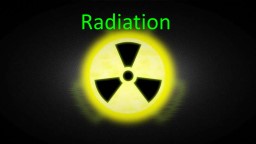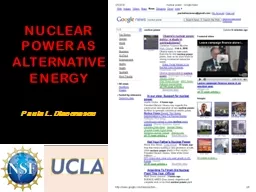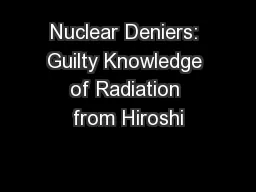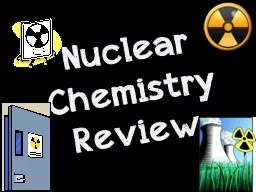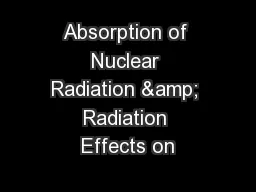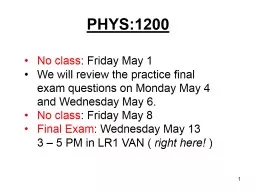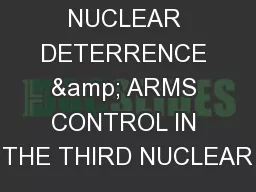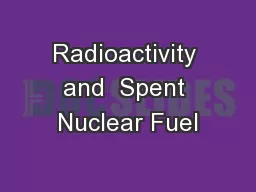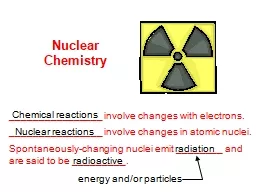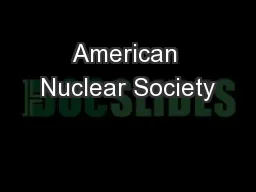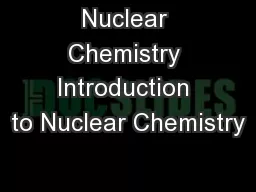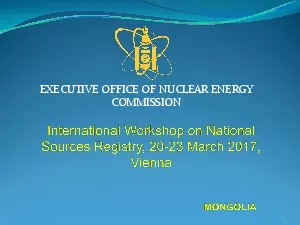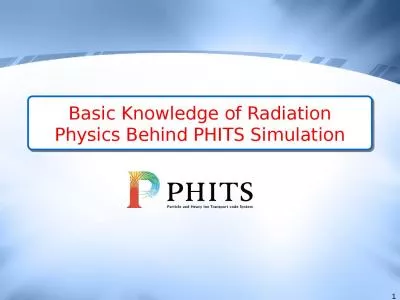PPT-Radiation There are 3 main types of nuclear radiation
Author : caroline | Published Date : 2024-01-13
Alpha Beta Gamma Alpha The unstable nucleus releases an alpha particle α which is 2 protons and 2 neutrons 4 He nucleus Happens usually with very BIG nuclei
Presentation Embed Code
Download Presentation
Download Presentation The PPT/PDF document "Radiation There are 3 main types of nucl..." is the property of its rightful owner. Permission is granted to download and print the materials on this website for personal, non-commercial use only, and to display it on your personal computer provided you do not modify the materials and that you retain all copyright notices contained in the materials. By downloading content from our website, you accept the terms of this agreement.
Radiation There are 3 main types of nuclear radiation: Transcript
Download Rules Of Document
"Radiation There are 3 main types of nuclear radiation"The content belongs to its owner. You may download and print it for personal use, without modification, and keep all copyright notices. By downloading, you agree to these terms.
Related Documents

